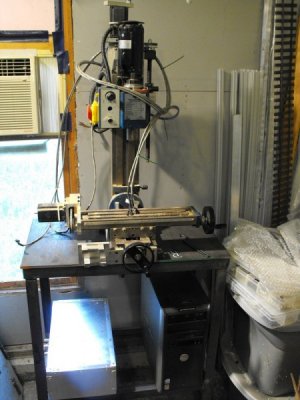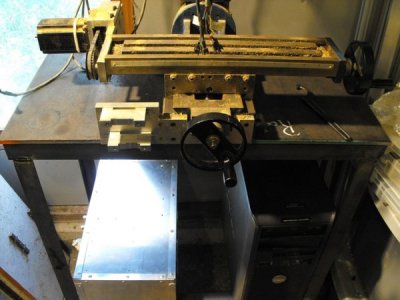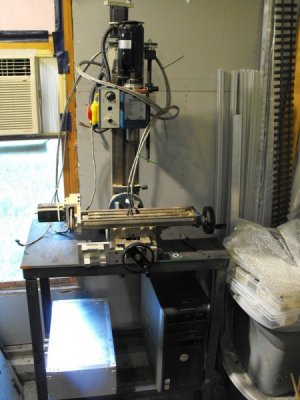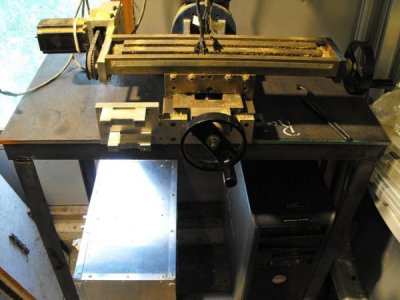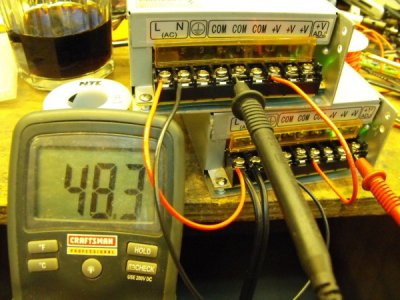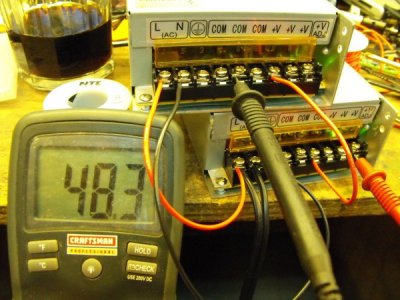- Joined
- Dec 8, 2013
- Messages
- 2,651
An isolation diode is a diode rated for the supply voltage and full load current in series with the supplies and the load to prevent one supply from reverse-biasing the other if one supply should come on faster than the other. Better would be a reverse-biased diode connected across each supply. That would protect the supplies against reverse bias without passing the load current through a diode in normal operation.


